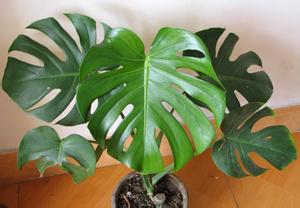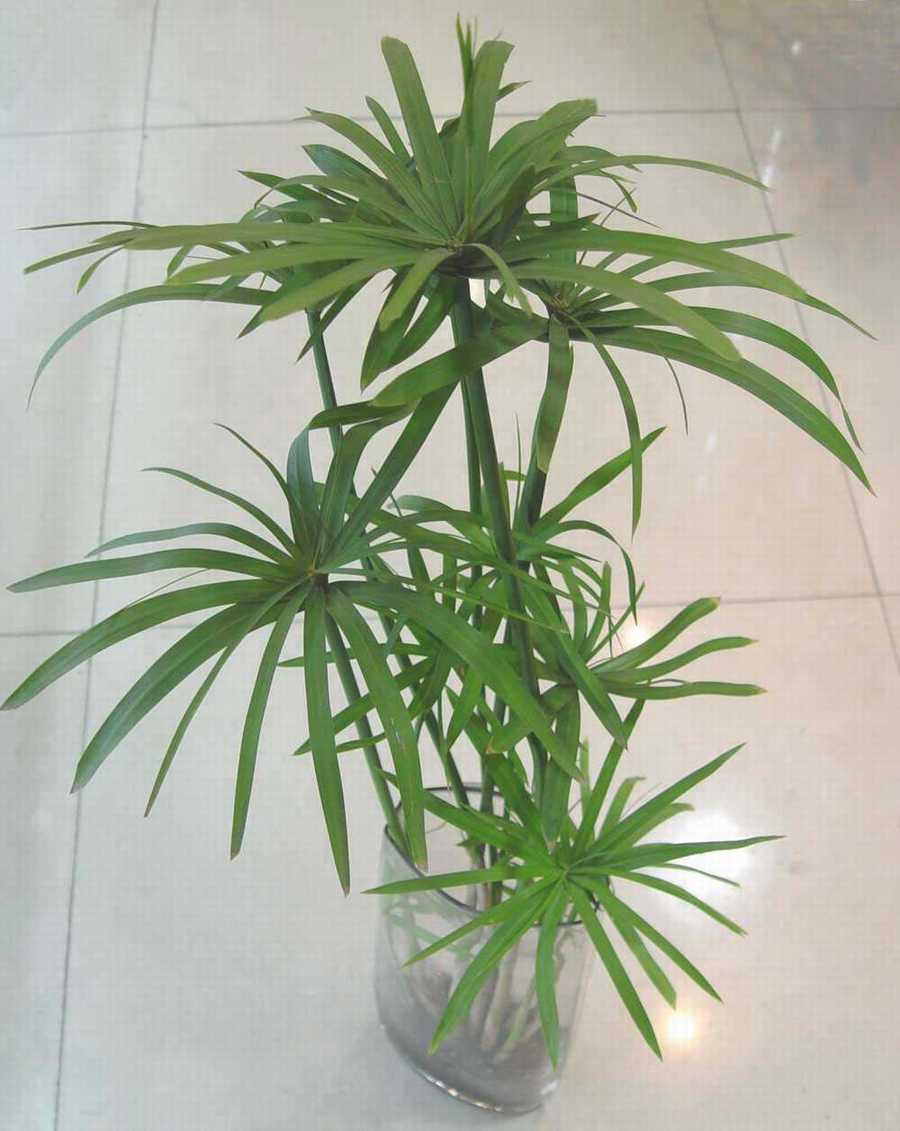The "five essentials" of Orchid Conservation in Winter
How to strengthen the conservation of orchids in winter is the key to the vigorous growth and flowering of orchids in the coming year. In order to maintain and manage orchids in winter, management measures must be taken according to the variety characteristics of orchids.
-keep warm in the house. In winter, the weather is getting colder and colder, and orchids placed outdoors are vulnerable to cold snap, so they must be moved into the place where the indoor sun shines in time. People who live in buildings had better put orchid pots in the sunny closed balcony. This orientation can ensure that the orchid receives more sunlight, which is very beneficial to the growth, budding and flowering of the orchid. For overwintering orchids, room temperature should be controlled between 5 degrees Celsius and 15 degrees Celsius. If the room temperature is too low, it will not play the role of protecting against cold and warmth; if the room temperature is too high, the flower stem grows slowly and the flower bud develops poorly, which is easy to make the formed bud shrink and die. Because the spring orchid is more hardy, it needs a low temperature period of about 0 degrees Celsius in 3 ~ 4 weeks to complete vernalization, and then the orchid can bloom. Therefore, spring orchid overwintering room temperature control between 3 degrees Celsius ~ 8 degrees Celsius is the most appropriate.

Maintenance methods of orchids in winter:
1. Be sure to understand what kind of orchids you raise, and take different management methods according to the varieties of orchids in order to make the orchids survive the winter safely.
two。 Watering
In the cultivation of orchids in winter, water supply is the key. With the decrease of temperature, the nutrient supply of indoor potted orchids is very critical. We must water more according to the situation. If the humidity is too low, we can use spray to spray water. This can prevent orchid leaf blight.
3. Fertilizer application
Orchid planting in winter should be reasonably fertilized, especially before winter, organic fertilizer should be applied to the root, watering every 10 days, and foliar fertilizer can also be properly sprayed to promote the better growth of orchids.
4. Pest control
Winter is a period of high incidence of orchid soft rot, stem rot and other diseases and insect pests, so it is necessary to spray pesticides in time to control orchids.
- Prev

Winter indoor temperature is low how to water flowers
In the cold winter chill, the home raises a few pots of bright flowers, life will increase a little warmth and bright color. Yesterday, Xiao Bian saw in the flower and bird market that cyclamen, melon, crab claw orchid, tea plum and other winter flowers began to become new favorites in the flower market, cheap-+ yuan-pot, expensive five or six + yuan, or hundreds of yuan
- Next

Culture methods of Phyllostachys pubescens (Upland Grass, Water Brown Bamboo)
Water bamboo (cyperusalternifolius) alias: umbrella grass, dry umbrella grass, water palm bamboo, windmill grass, water bamboo. Families and genera: Cyperaceae, Cyperus. Phyllostachys pubescens likes to grow in water, so it is named as a perennial herb of Cyperaceae. The living habits of Phyllostachys pubescens: it is just like its name
Related
- Fuxing push coffee new agricultural production and marketing class: lack of small-scale processing plants
- Jujube rice field leisure farm deep ploughing Yilan for five years to create a space for organic food and play
- Nongyu Farm-A trial of organic papaya for brave women with advanced technology
- Four points for attention in the prevention and control of diseases and insect pests of edible fungi
- How to add nutrient solution to Edible Fungi
- Is there any good way to control edible fungus mites?
- Open Inoculation Technology of Edible Fungi
- Is there any clever way to use fertilizer for edible fungus in winter?
- What agents are used to kill the pathogens of edible fungi in the mushroom shed?
- Rapid drying of Edible Fungi

